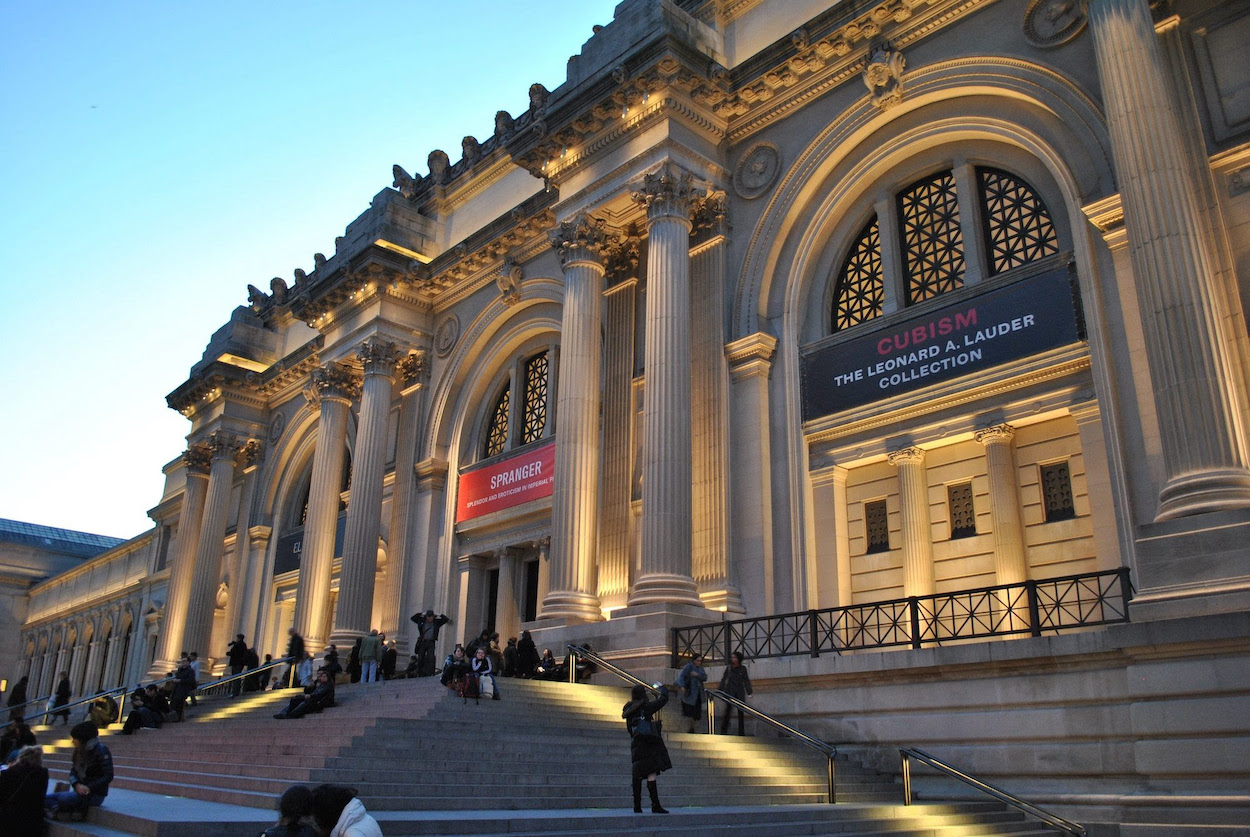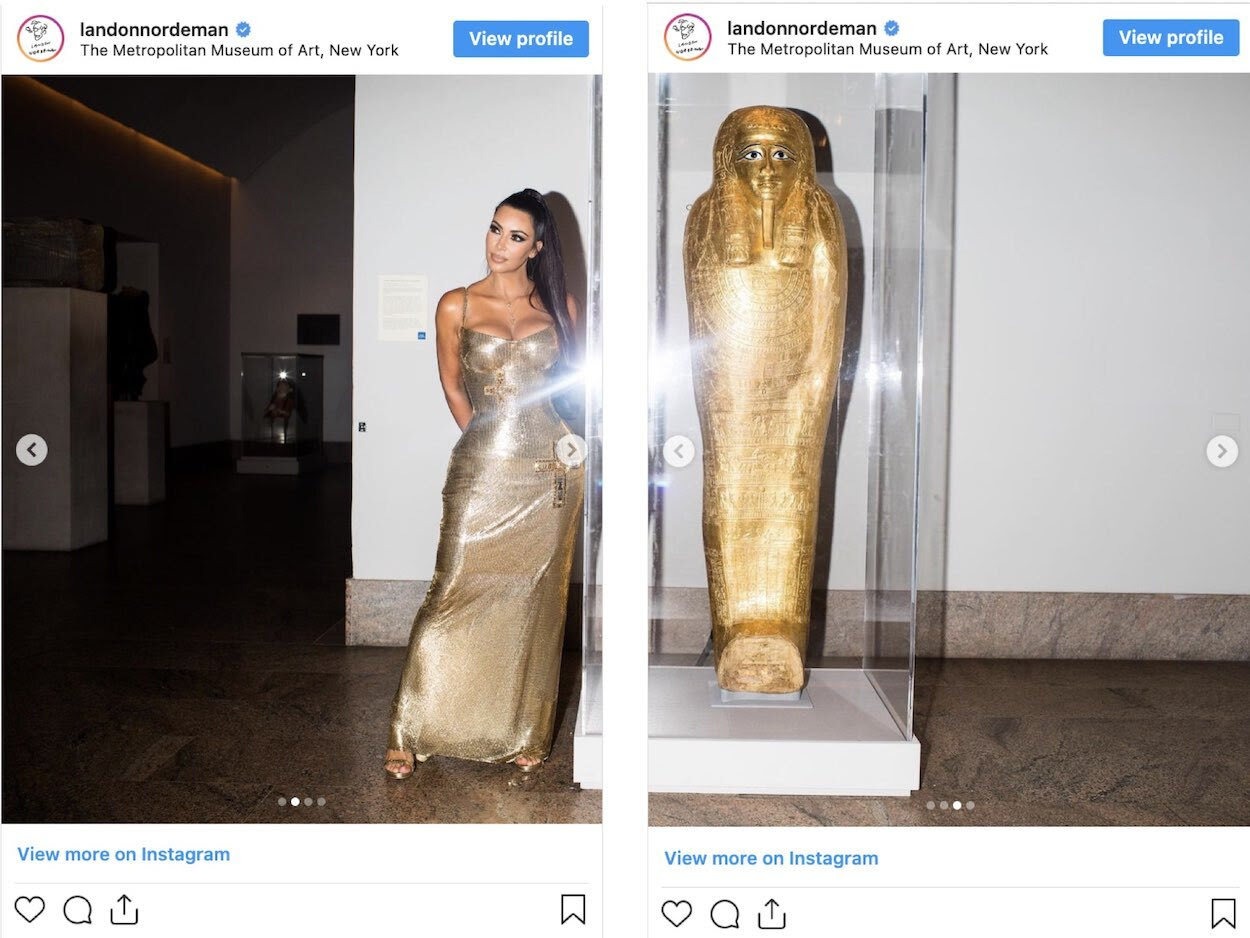In March, the International Consortium of Investigative Journalists (ICIJ) dropped a bombshell of a story detailing the convoluted overlap between the Met’s antiquities collection and dealings by known looters and traffickers. Below are four key takeaways from the 4,000-word story and other reporting on the topic.
When did this start?
The looting and trafficking of antiquities is nothing new, but the article points to a collecting spree in the 1960s, when then-director Thomas Hoving sought to build the museum’s catalog, spurred on by an apparent desire to outshine rival institutions in Paris and London. According to ICIJ’s reporting, he admitted to relying on a network of known thieves, looters, and traffickers to do so, writing in his memoir that “his address book of ‘smugglers and fixers’ and other art-world acquaintances ‘was longer than anyone else’s in the field.’”
How much art are we talking about here?
At least 1,109 pieces were “previously owned by people who had been either indicted or convicted of antiquities crimes.” Of those, 309 were on display at the time ICIJ’s investigative report was published. Fewer than half of those 1,109 objects were accompanied by any records of how they departed their origin countries. This past September, the Manhattan District Attorney’s office seized 27 looted antiquities from the museum in what it described as an effort to “hasten the pace of repatriations that in the past often dragged on for a year or more.” Just last week, the DA’s office seized three artifacts looted from Turkey.
What does any of this have to do with Kim Kardashian?
The repatriation of art with obfuscated or forged provenance is admittedly not the cocktail-party chatter of the masses. Then came Landon Nordeman’s photograph of a 2018 Met Gala twinning moment between Kim Kardashian and the gilded sarcophagus of Nedjemankh, which was looted from Egypt in 2014 and later sold to the museum with phony paperwork. Most photobombs are a mild inconvenience for celebs and normies alike—not a matter of global intrigue.
What is the museum doing about it?
The museum has repeatedly touted its cooperation with the DA’s office and its periodic seizures of pieces in the Met’s collection, such as the aforementioned sarcophagus—though really, do they have a choice? While the museum didn’t respond to ICIJ journalists about the provenance of the 309 works on display acquired from indicted or convicted smugglers, they did publish a blog post detailing their acquisition process.


